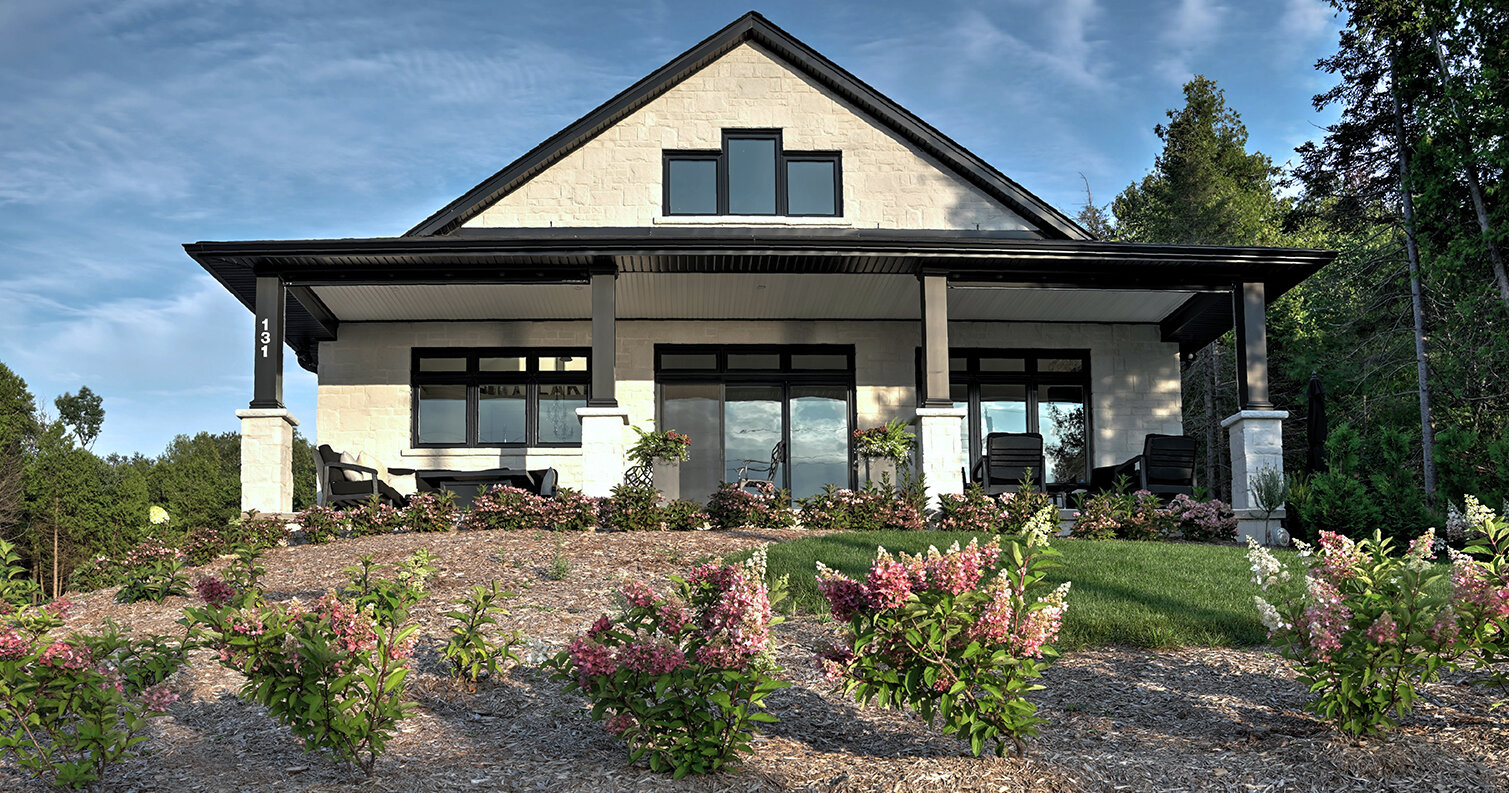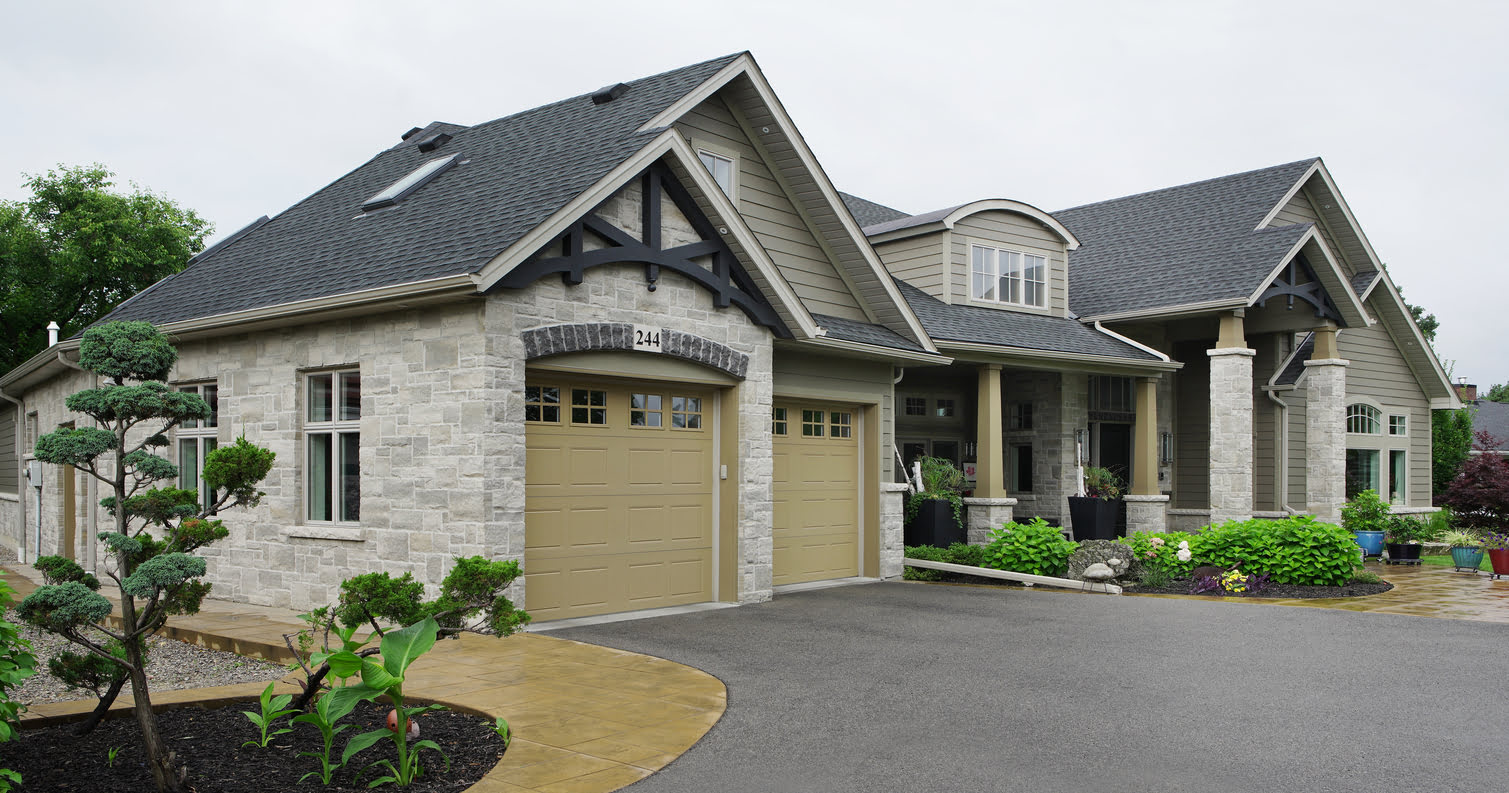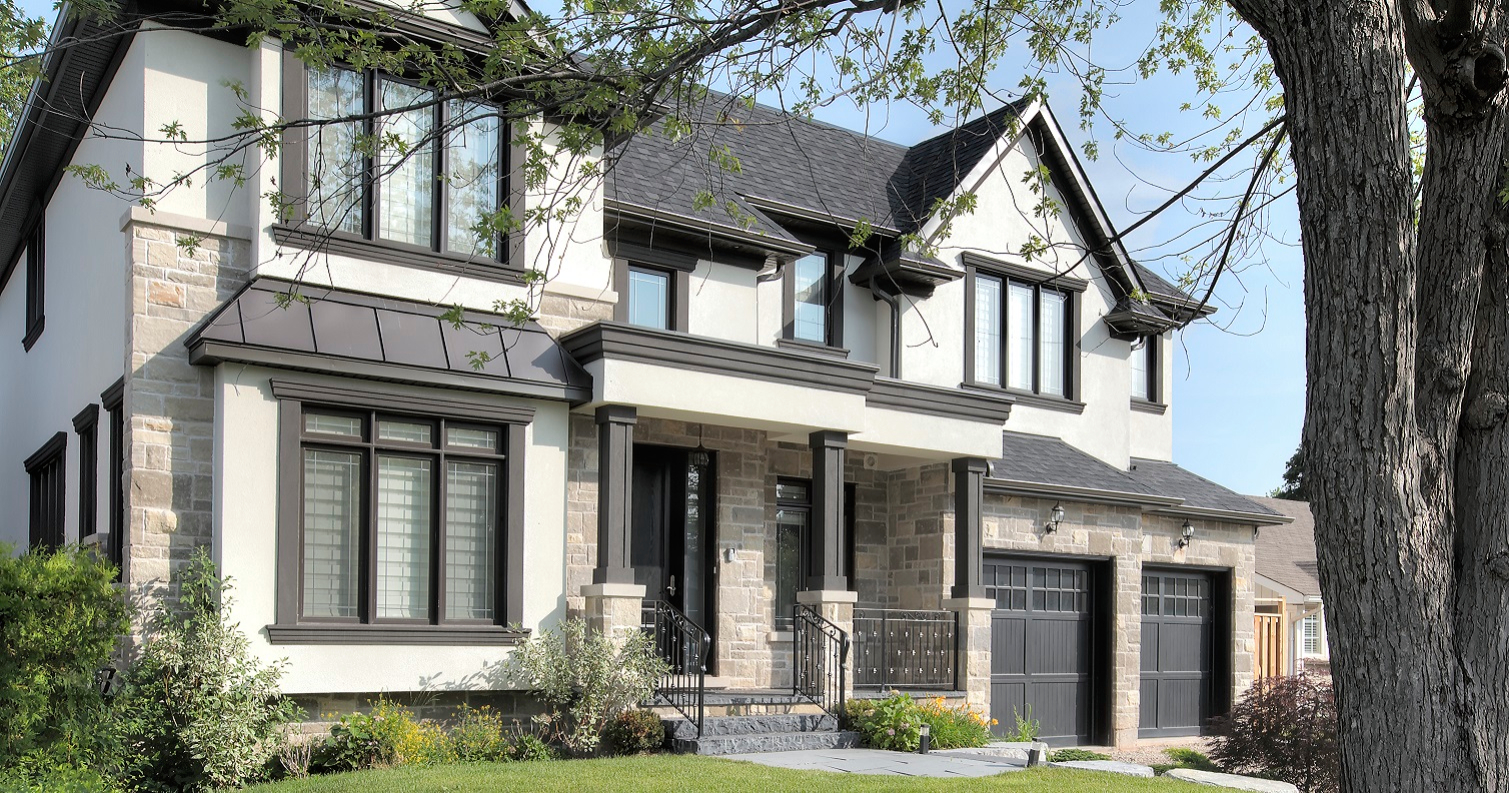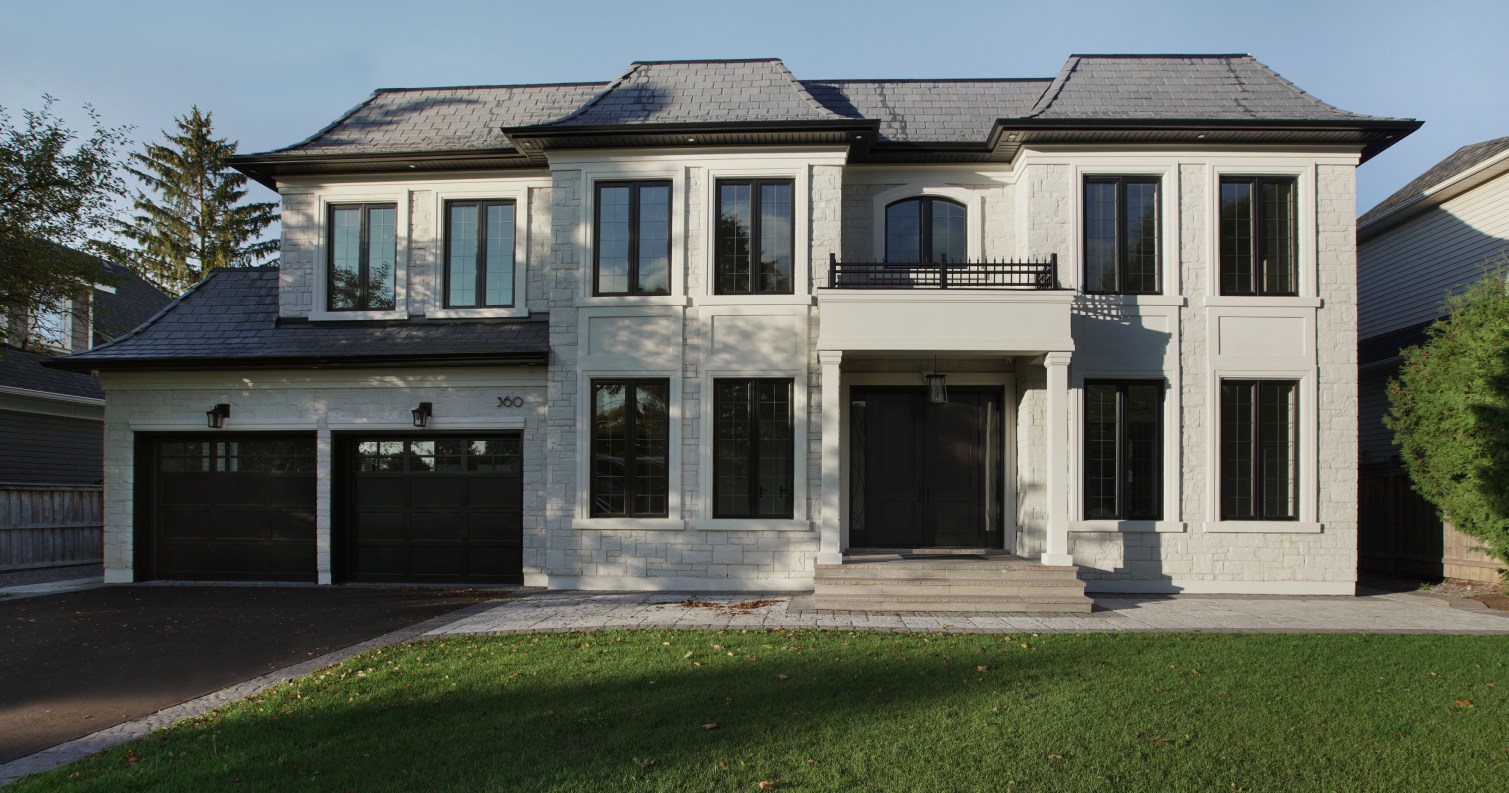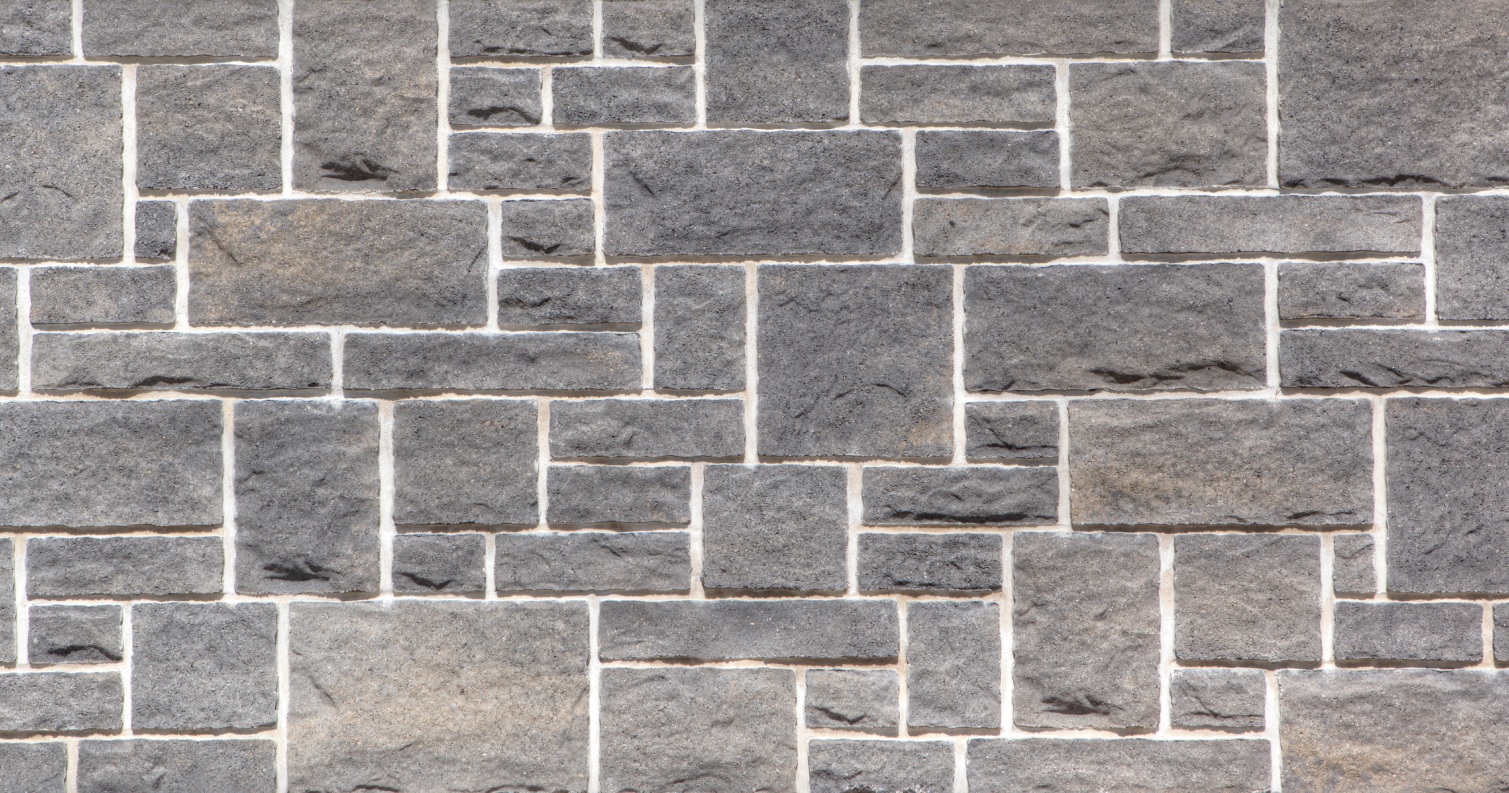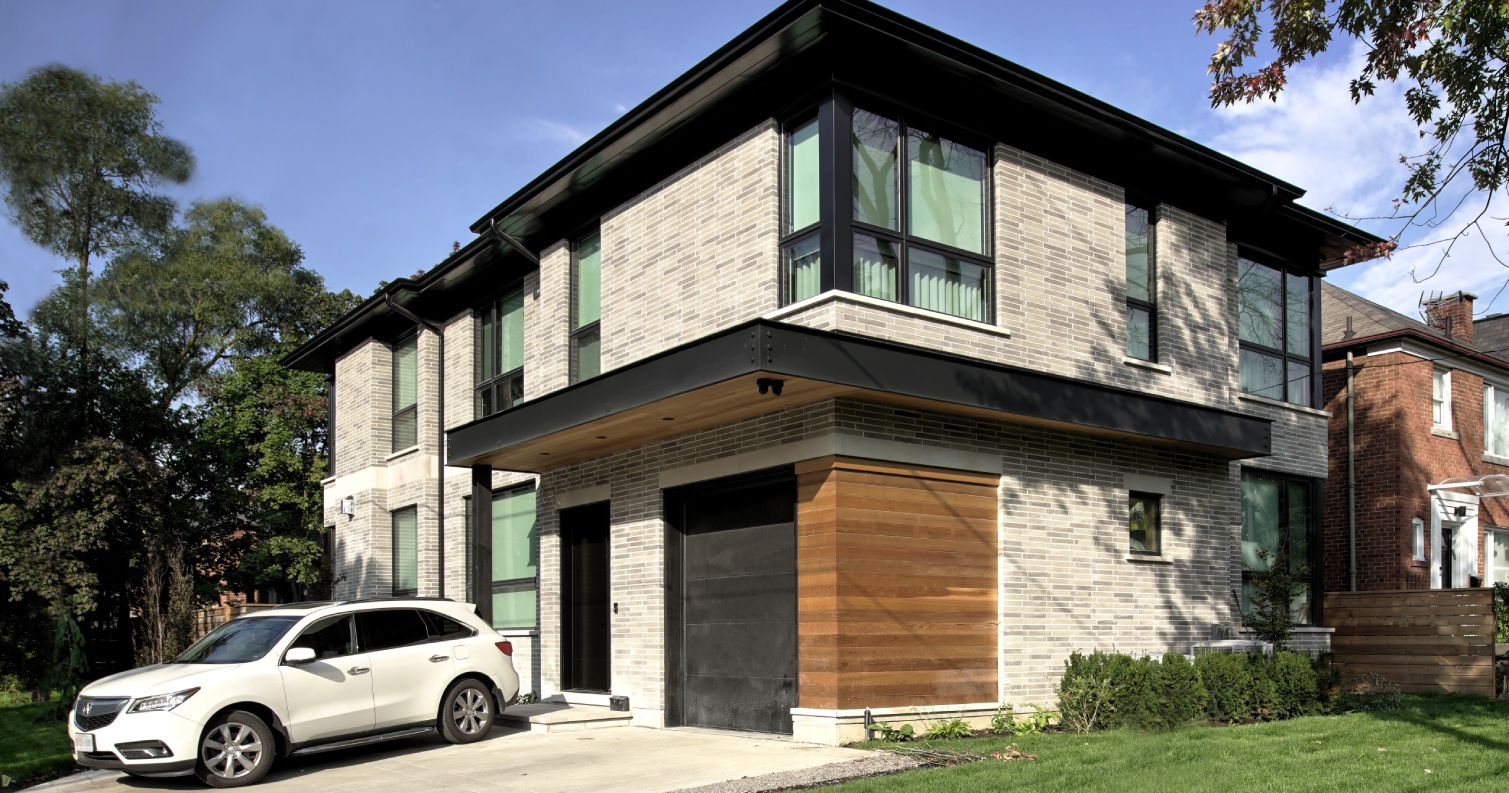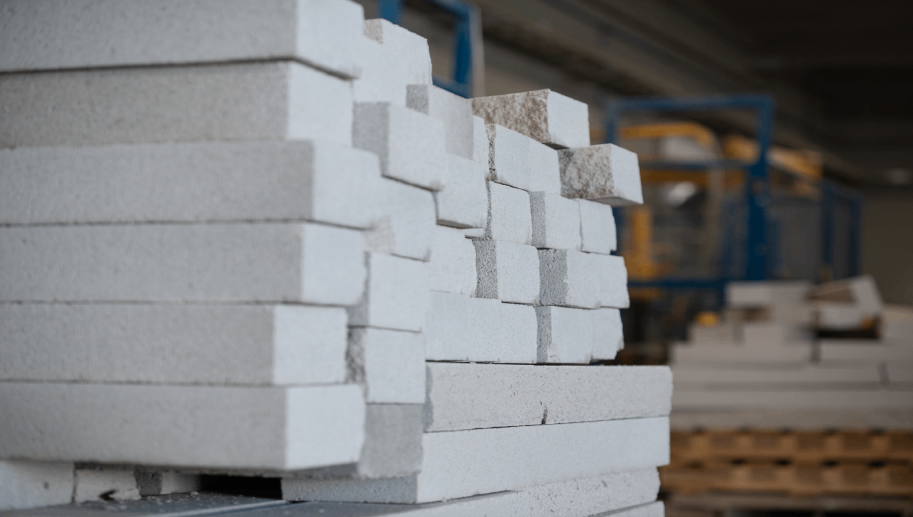Coming home to a property customized to your own taste is a dream come true for many of us. It’s an exciting opportunity to get exactly the house you want. But it can also be a stressful experience, with endless decisions and pressure to create a place you will continue to love for years to come.
Whether or not you have design regrets like shag carpet or an awkward kitchen layout, there are a few ways to approach design to help ensure enjoyable results.
1. Start big then scale back
If you’re building a custom home, go ahead and look into all the personalized or unconventional features you might ever want – whether it’s your very own library or a home recording studio – that’s part of the fun. And you may discover something you’d never thought up on your own like a built-in vacuum system. Once you’ve explored, scale back to a more reasonable use of funds. This exercise will help you recognize where your priorities lie, so you can maintain a sustainable budget while also ensuring you discover and include what’s most exciting and important to you and be satisfied with the resulting home.
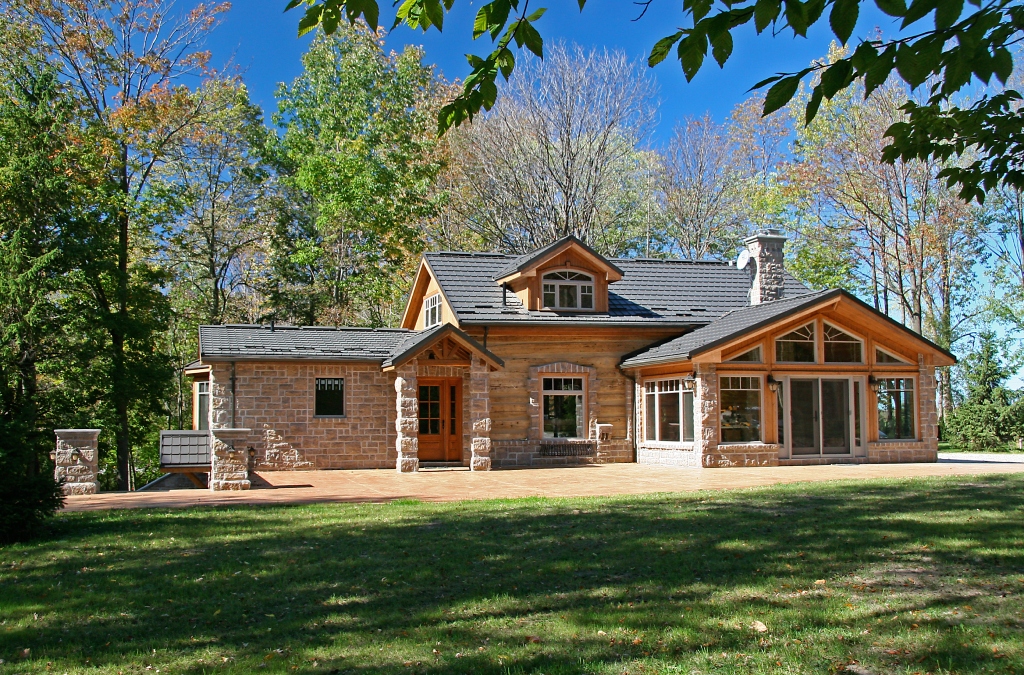
2. Don’t discount the exterior
You may spend more of your time inside your new property, but the exterior of your home creates the first impression for anyone who passes by – and it will be the first thing you see every time you come home. It’s the public face of your property and could be expensive to change in the future, so it’s not something to rush.
3. Use neighbourhood inspiration
The location of your new build is a valuable source of ideas. Consider the design styles, architectural features and finishes that are on the homes nearby. Get a sense of how a particular material has aged in the local environment. Look at natural features like tree cover, ravines and sun exposure. By seeing how your house will exist in its context, you may gain a more nuanced sense of what you like, what will fit in and what will set your place apart.
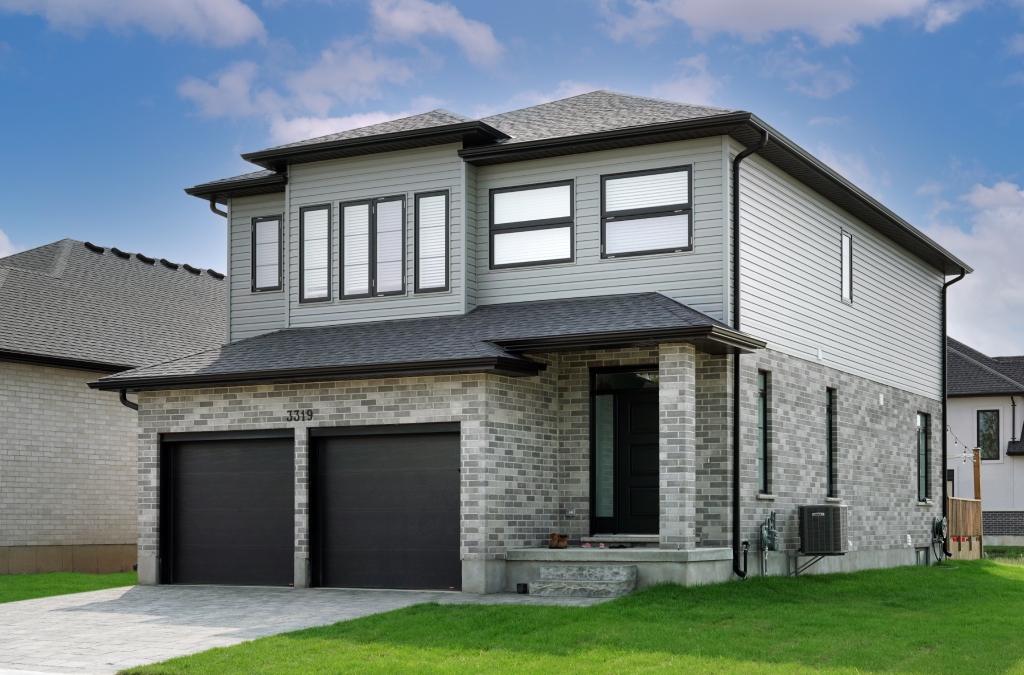
4. Test out flow and function
It’s easy to jump into trendy design ideas or specific features or appliances like adding a pantry or gigantic kitchen island but remember to test out how they work for you in practice. Have a walk through with the builder, architect and/or designer before gas lines and plumbing and electrical are laid to test out the layout and placement of things like sinks, outlets and light switches. You may be surprised how much this physical sense of the flow will reveal about the initial decisions you’ve made.
5. Plan for your future lifestyle
Lifestyle changes will factor into your enjoyment of the space over time. Although you can’t predict every change to your life, it’s worth asking yourself during the design phase if your choices will be used for the long term or how you might adapt them later on.
Principles of universal design, with ideas like single level homes and flat door handles rather than knobs, can be a valuable approach to help ensure your home remains physically accessible as you age. It doesn’t have to compromise on style either – in fact these design ideas can often look strikingly modern – but they do help you think ahead and enjoy your home for longer.
6. Be aware of the trends
No matter what designs you ultimately decide on, during the decision process it’s valuable to have some knowledge of what’s popular now and why. Indoors you’re looking at warm, creamy and earthy paint colours. For the exterior, current trends include mixing elegant materials like stone alongside glass or wood. That many of these popular ideas have a natural look and feel is no accident, as designs inspired by nature are almost always a good bet, inside or out. Natural elements can ground your design and provide a timeless and comforting appeal.
Shouldice Stone can provide the beautiful look and feel of a stone finish with the value and innovation of contemporary stone veneer, such as consistent strength and appearance, customizable colour choice and exceptional building code ratings.
Explore our inspiration gallery for exterior design ideas you won’t regret.
